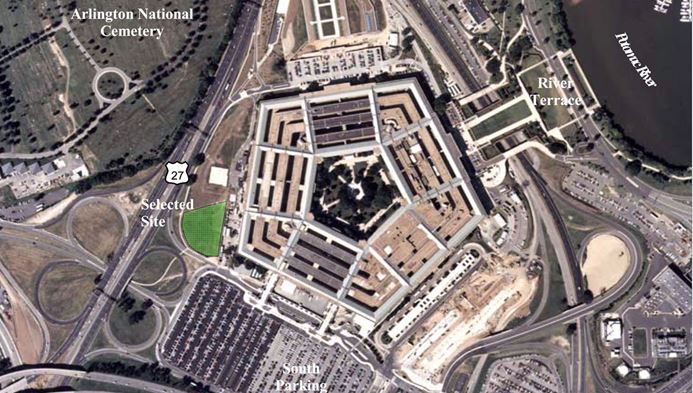May 7 (UPI) — U.S. military operations last year in four countries, including Afghanistan, killed at least 132 civilians, the Pentagon said.
In its annual Congress-mandated report on civilian casualties linked to U.S. military operations published Wednesday, the Department of Defense said another 91 civilians were injured in Iraq, Syria, Afghanistan and Somalia.
By country, Afghanistan recorded the highest amount of casualties with 108 civilians killed and 75 injured followed by Iraq and Syria where 22 civilians were killed and 13 were injured. In Somalia, two people were killed and three were injured.
The report said Pentagon assessments did not identify any civilian casualties, which are defined by the military as either deaths or injuries, from U.S. military operations last year in Yemen or Libya.
The assessments were based on reports of civilian casualties the Department of Defense deemed as credible, it said.
“All DoD operations in 2019 were conducted in accordance with the law of war requirements, including law of war protections for civilians, such as the fundamental principles of distinction and proportionality, and the requirement to take feasible precautions in planning and conducting attacks to reduce the risk of harm to civilians and other persons and objects,” the report said.
A total of 611 payments were made during 2019 in compensation for property damage, personal injury or death assessed to have been caused by U.S. military operations in foreign countries.
The report also adjusted previous casualty tallies, discovering an additional eight civilians killed and one injured in Syria in 2018 and 71 killed and 13 injured in Syria and Iraq in 2017.
Amnesty International USA said that while the report shows some progress in transparency, the Department of Defense was still undercounting civilian casualties.
Daphne Eviatar, the director of the Security with Human Rights program at the international human rights watchdog, said hundreds of casualties her organization has identified as the result of U.S.-led military operations in Syria during 2017 were not included as weren’t civilian casualties Amnesty documented over the past two years in Somalia.
“These reports can be a crucial accountability mechanism for thousands of families around the world waiting for justice, and a tool for transparency for everyone concerned about what is being carried out by the United States military in its operations every year,” Eviatar said in a statement.
“But for these reports to meaningfully contribute to the accountability process, they must contain concrete information based on thorough investigations and must lead to reparations for the families of the victims. So far, that’s not happening.”
Eviatar said some of the discrepancies between Amnesty’s tallies and those of the Pentagon are due to the Department of Defense’s “failure” to conduct interviews with witnesses and survivors and to visit strike locations where U.S. forces are present.
In the report, the Department of Defense said it “acknowledges” the differences between its assessments and those of other organizations, stating it is the result of using different types of information and methodologies as well as some organizations conduct on-the-ground assessments and interviews and others rely on media reporting.
“Although such information can be valuable, this information alone can be incomplete, and it is important to ensure its validity,” the Pentagon said in the report.
The Department of Defense said it uses all available information to create its tallies, including what it is given by non-government and international organizations as well as operational planning data and intelligence sources, which are not available to the public.
“DoD updates existing assessments if new information becomes available, including new information received from NGOs or other outside organizations,” the report said.






